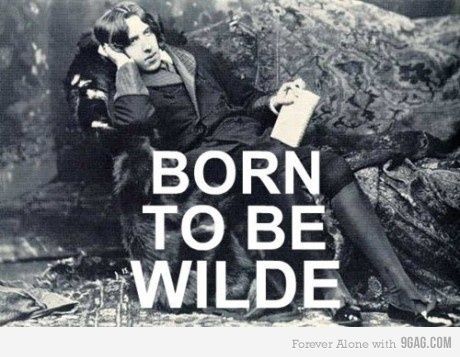This is an interpretation of the poem "Symphony in Yellow," which can be found here.
One key detail that strikes me in this poem is that the reader should
assume from the title that the piece is about a symphony, yet there are no
adjectives indicating any sounds. However, Wilde seems to be representing the music
through vivid aesthetic descriptions of the speeds and colors of the things that might be seen around the Thames River. The reader begins to think that he or she
has synesthesia while reading these three stanzas, feeling the slow, tranquil
movement of these objects and seeing the music in colors, just as the bus
crossing the bridge “Crawls like a yellow butterfly.” Like in most music, the
pace is sometimes changed in instances like when the occasional person walks by
who “Shows like a little restless midge.” To exhibit change in the music’s mood
and tone, the speaker contrasts the golden images with the dark “shadowy wharf” and “The
thick fog [that] hangs along the quay,” and ultimately the yellow scenery
evolves into a pale green color when the speaker steps into the cool Thames that
“Lies like a rod of rippled jade,” constantly moving, yet always staying in place.
 |
| How one might picture a bus like a butterfly had they ever seen "The Magic School Bus" as a child. |

I liked your analysis, especially the idea of thinking of the poem's musical elements in terms of speed and color. It made me think about the poem differently. After thinking about it, the poem seems to me like a symphony in that each object of interest--the butterfly, the elm trees, etc.--acts as an instrument that harmonizes with every other element in the scene.
ReplyDelete